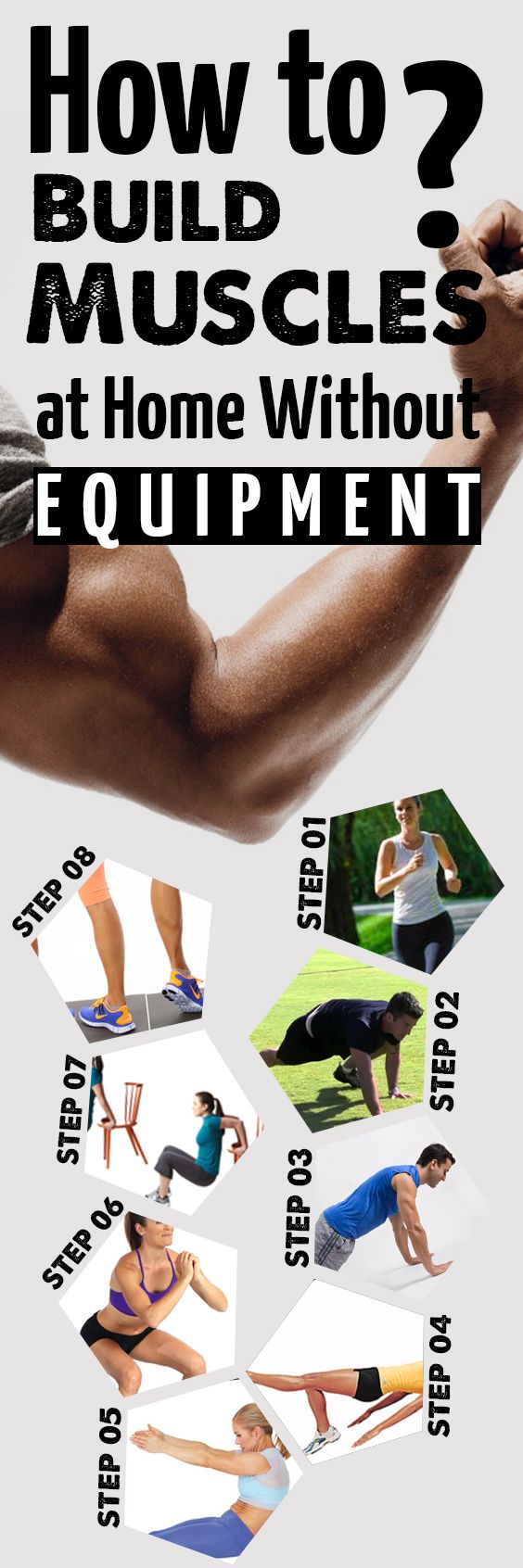
Although you are not old, the time to get fit has already passed, and you can still do it! You should adjust your workouts to keep up with your body's changes. Also, your muscle mass is decreasing. You are also more likely to gain body fat as your metabolism slows down. You need to train efficiently if you want to stay trim and fit in your 30s. Your training sessions should be planned in advance. Also, you will need to train more frequently.
For those who are trying to get in shape at 30, remember that your muscles may be starting to decline and it can be difficult to gain them back. Your body's capacity to support new muscles declines with age. Even if you have worked out for years and trained hard, your ability to build the muscles you need may be limited by age 50. To prevent major injuries, exercise is essential, but it is also important to do it in the correct form.

In your 30s, you'll notice that your cardiovascular system starts to slow down. Your heart rate may drop and your heart pumping blood less per beat. Your heart will have to work harder for blood to flow through your body. This can lead directly to cardiovascular disease so it's important you keep an eye on your heart health. Stop smoking. Smoking and fatty foods are not recommended for anyone with a history or family history of heart disease. Interval training can boost your heart strength.
Fitting in at 30 is a lifelong process. You can start in your 20s and continue on into your 30s. There is no need to stop workingout. You can still get your fitness goals accomplished and still enjoy the same endgame. You just need to make a few simple modifications. So, get in shape! Start today!
How to Get Fit at Thirty.
Even though the 20s can be a time to live recklessly, it is possible to stay healthy and fit into your 30s by following a sensible exercise program. Remember to keep working out. It will pay off in later life. There are many benefits to exercising. You'll feel more energetic and have a greater sense of accomplishment. It is also important that you find a routine and schedule that works for your lifestyle. A regular exercise routine will keep you in shape as long as you stay consistent with it.

In your 30s, you can train more vigorously, but you must find the right exercises for you. You'll feel healthier and younger when you exercise. Follow a plan that is right for you. Start your 30s to achieve quick results. In the next few years, you'll be sculpted. You don't have to be in your thirties to keep fit.
FAQ
Get immune enhancement with herbs and supplements
Natural remedies and herbs can be used to increase immune function. There are many natural remedies that can boost immunity, including echinacea (oregano), ginger, ginkgo biloba and vitamin C.
These herbal remedies are not meant to replace medical treatment. Side effects can include nausea, dizziness, stomach cramps and dizziness.
How much should my body weight be for my height? BMI calculator & chart
The best way to determine how much weight you need to lose is to use a body mass index (BMI) calculator. A healthy BMI range should be between 18.5 and 24,000. To lose weight, you should aim for a loss of 10 pounds per year. Enter your weight and height into the BMI calculator.
This BMI chart shows you if it is possible to identify if you are either overweight or obese.
What is the difference in a virus and bacteria?
A virus is a microscopic organism which cannot reproduce outside of its host cell. A bacterium is an organism that splits itself in two. Viruses can be as small as 20 nanometers, while bacteria can grow up to 1 micron.
Viruses are usually spread through contact with infected bodily fluids, including saliva, urine, semen, vaginal secretions, pus, and feces. Bacteria can be spread by direct contact with infected objects and surfaces.
Viruses can enter our bodies through cuts, scrapes, bites, or other breaks in the skin. They may also get into the body through the nose and mouth, eyes, ears or rectum.
Bacteria can enter the body through wounds. They can also be introduced to our bodies by food, water and soil.
Both bacteria and viruses can cause illness. Viruses can not multiply within the host. So they only cause illnesses when they infect living cells.
Bacteria may spread to other people and cause sickness. They can also invade other parts of your body. Antibiotics are needed to eliminate them.
How can you live a healthy life?
Healthy lifestyles include eating right, exercise regularly, getting enough rest, managing stress, having fun, and eating healthy. Good eating habits include avoiding processed foods, sugar, unhealthy fats, and avoiding junk food. Exercise strengthens your muscles and helps you lose calories. Sleeping enough can improve memory and concentration. Stress management is a way to reduce anxiety levels and depression. And finally, having fun keeps us young and vibrant.
What are the 7 tips to have a healthy life?
-
Take care of your health
-
Exercise regularly
-
Rest well
-
Make sure to drink plenty of water.
-
Get enough sleep
-
Be happy
-
Smile often
Is cold a sign of a weak immune response?
Cold causes a decrease in immune system strength. This is because white blood cells are less effective at fighting infection. You will feel less pain if you are cold.
Statistics
- WHO recommends consuming less than 5% of total energy intake for additional health benefits. (who.int)
- WHO recommends reducing saturated fats to less than 10% of total energy intake; reducing trans-fats to less than 1% of total energy intake; and replacing both saturated fats and trans-fats to unsaturated fats. (who.int)
- The Dietary Guidelines for Americans recommend keeping added sugar intake below 10% of your daily calorie intake, while the World Health Organization recommends slashing added sugars to 5% or less of your daily calories for optimal health (59Trusted (healthline.com)
- In both adults and children, the intake of free sugars should be reduced to less than 10% of total energy intake. (who.int)
External Links
How To
What does the term "vitamins" mean?
Vitamins are organic compounds found naturally in food. Vitamins are essential for our bodies to absorb nutrients from the foods we eat. Vitamins are not made by the body, so they must be obtained through food.
Two types of vitamins exist: water-soluble vitamin and fat-soluble vitamin. Water soluble vitamins dissolve easily in water. You can find vitamin C,B1 or thiamine, B2 or riboflavin and B3 or niacin, B3/niacin, B6/pyridoxine, folic Acid, biotin and pantothenic Acid as examples. Fat soluble vitamins are stored in the liver and fatty tissue. You can find vitamin D, E K, A, beta carotene, and other fat-soluble vitamins.
Vitamins are classified according their biological activity. There are eight main groups of vitamins.
-
A - Vital for normal growth and maintaining good health.
-
C - important for proper nerve function and energy production.
-
D - necessary for healthy bones and teeth.
-
E - Required for good vision & reproduction
-
K - Essential for healthy muscles and nerves.
-
P – vital for building strong bones.
-
Q - Aids in digestion and absorption.
-
R - Red blood cells are made from red blood cells.
The recommended daily intake (RDA), of vitamins varies with age, gender and physical condition. The U.S. Food and Drug Administration sets RDA values.
For adults 19 years and over, the RDA of vitamin A is 400mg per day. For fetal development, pregnant women need 600 mg per day. Children ages 1-8 require 900 micrograms per day. Infants under one year of age require 700 micrograms per day, but this amount decreases to 500 micrograms per day between 9 months and 12 months of age.
Children ages 1-18years who are obese need 800 micrograms per day while those who are overweight need 1000 micrograms per day and children who are underweight need 1200 micrograms per day to meet their nutritional needs.
Children 4-8 years old who have anemia must consume 2200 micrograms of Vitamin C daily.
2000 micrograms is the minimum daily intake for adults over 50 years old to maintain good health. Women who are pregnant or breastfeeding need 3000 micrograms per day due to increased nutrient requirements.
Adults over 70 need 1500 micrograms daily, as they lose 10% of their muscle every ten years.
Women who are pregnant, nursing or breastfeeding need more than the RDA. Pregnant mothers need 4000 micrograms per daily during pregnancy and 2500 after giving birth. Breastfeeding mothers need to consume 5000 micrograms every day when breastmilk has been produced.